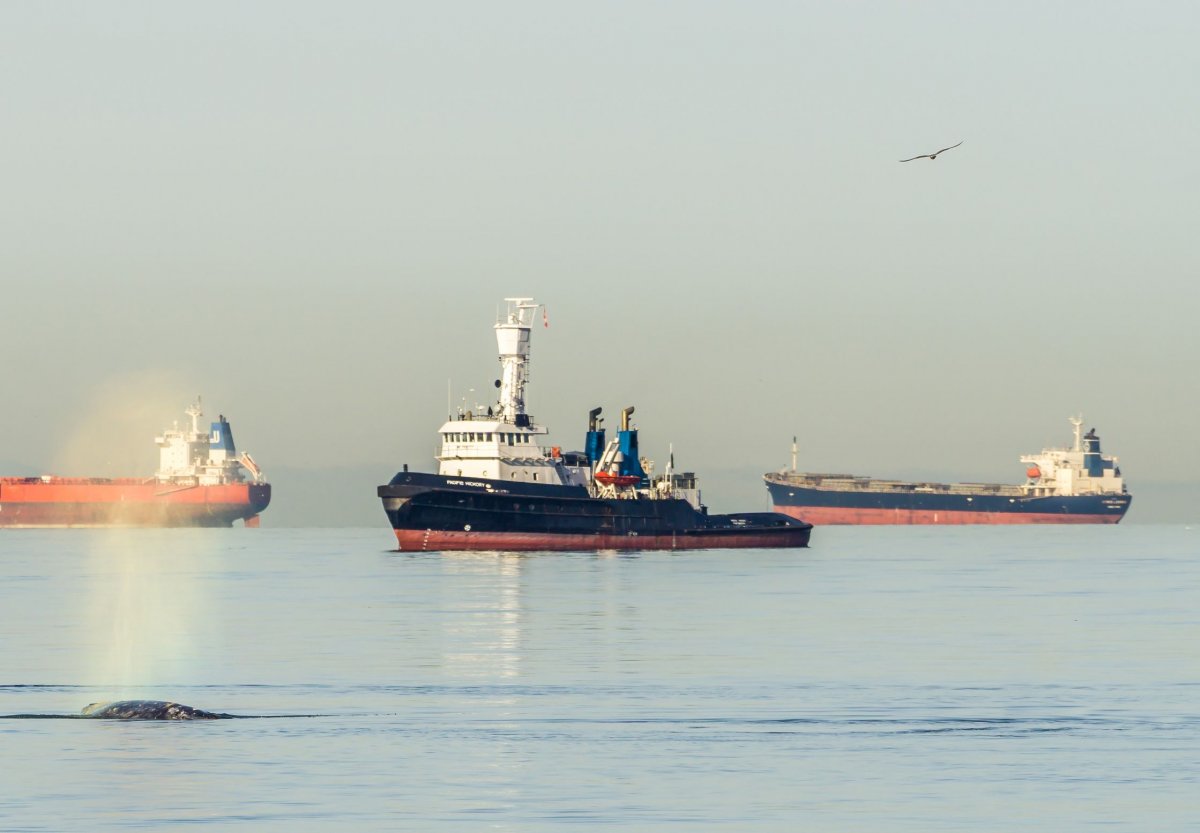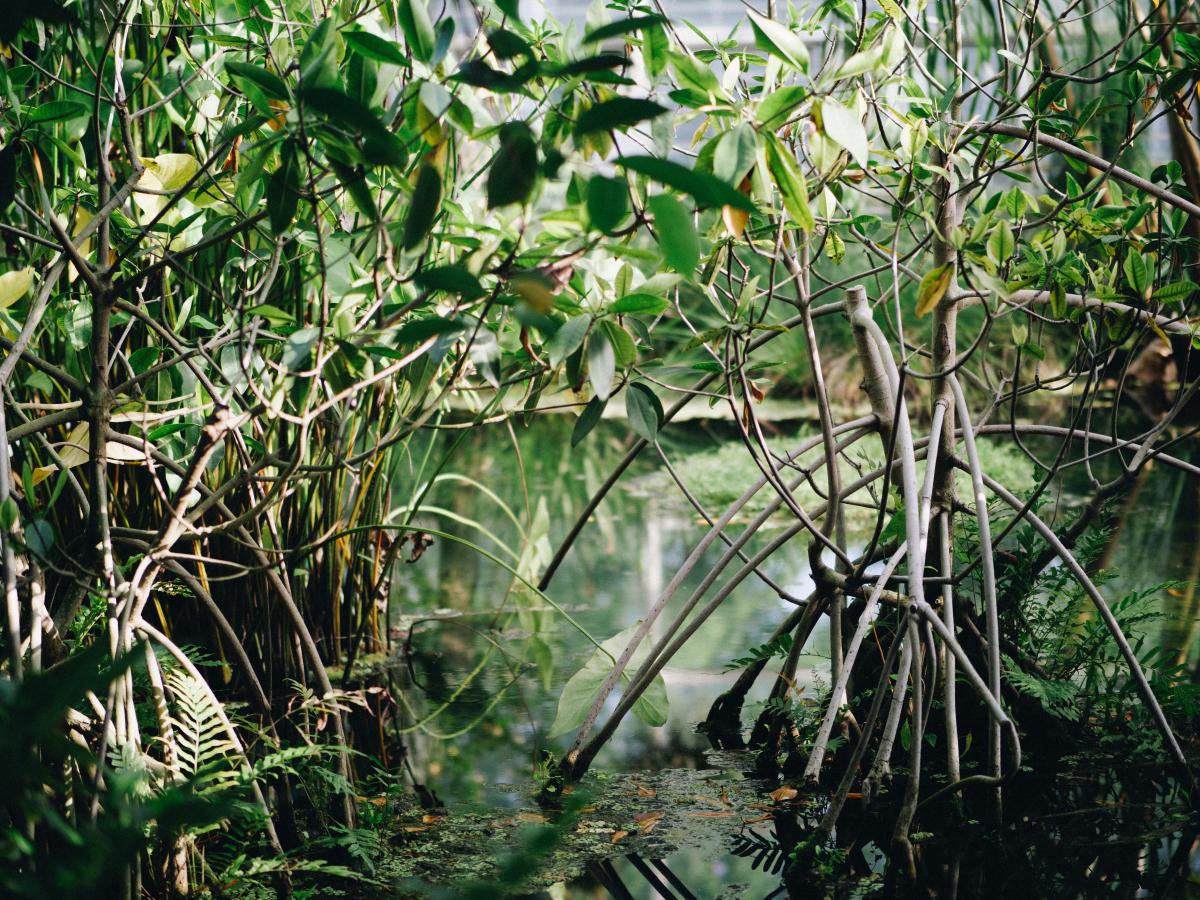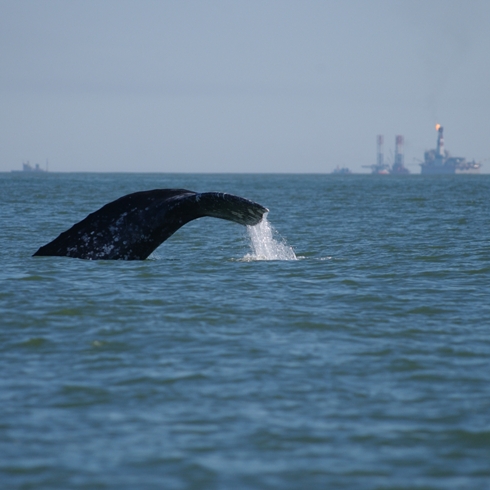The invisible oil spill
Plastic is everywhere, polluting our waters, choking marine wildlife, and even in our food and water. I’ve seen plastics in every ocean I’ve dived in. It is a problem of global proportions but an ambitious EU Plastics Strategy can create vital momentum.
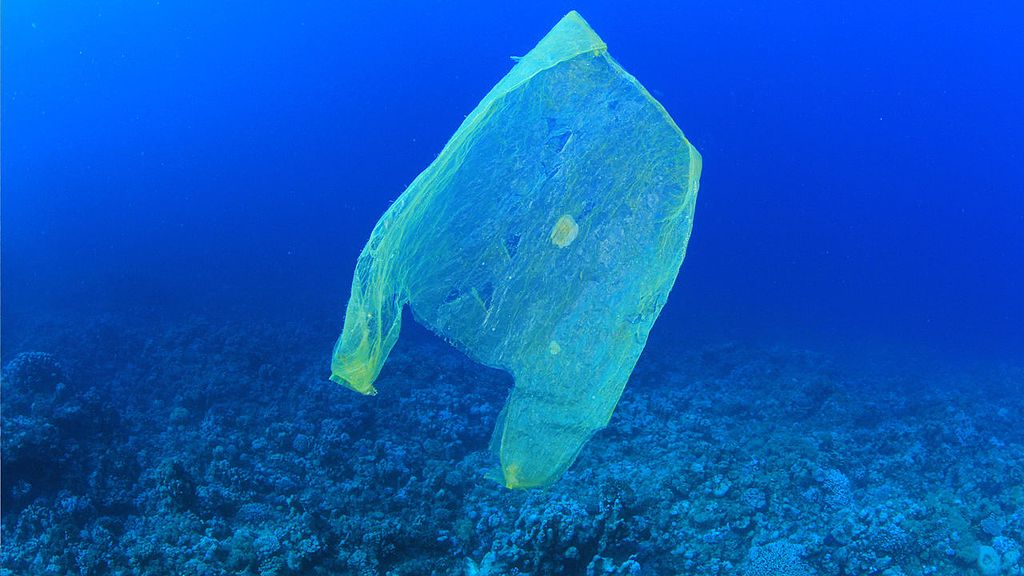
Photo: MichaelisScientists/CC4
Pierre-Yves Cousteau
Marine plastic is a subject that is close to my heart. My father explored the world for 50 years and documented the health of marine life. Diving into his work, I have seen how the world has changed since his days. Climate change, overfishing, pollution and last, but far from least, land reclamations and coastal constructions, are devastating marine life worldwide.
Subsidies, in particular subsidies for oil, of which plastic is a product, are fueling many of these global threats. Our taxes are meant, among other things, to help mitigate the externalities of our consumerist societies, not to accelerate a cycle of blind destruction of nature, of which we are all witnesses today.
The Mediterranean is a closed sea, and as such represents an accelerated model of what may happen in the rest of the ocean. Here in Europe we have an opportunity to demonstrate sustainable practices to the rest of the world.
The ocean provides many services to us. The organisms that live beyond our sight maintain the delicate physical, chemical and biological balances that keep us alive, regulating carbon, feeding hundreds of millions of people, and even producing more than half of the oxygen we breathe.
Plastic has empowered our civilization for a century and continues to provide immense benefits to mankind. But the convenience brought by disposable plastic is poisoning nature and us. And it has to stop. Should the convenience stop? Should the disposable plastic stop? Should the poisoning stop? Education and awareness raising, improvements in product lifecycle and design, and infrastructure adaptations can all help to solve the problem.
Today plastic is present everywhere in the world, from the polar ice sheets to deep sea hydrothermal vents. I have dived all around the world for the past 10 years, and I have yet to complete a single dive without encountering plastic pollution in some form.
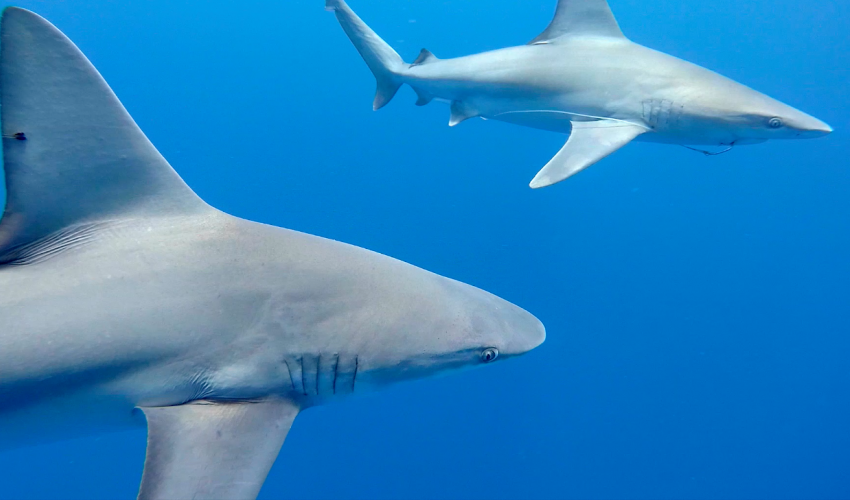 Photo: Pierre-Yves Cousteau
Photo: Pierre-Yves Cousteau
Ocean clean-up operations are necessary and helpful but they will not solve the problem. Only 15% of marine plastics float, meaning the amount that they are able to catch will be limited. They allow us to “mine” discarded materials, thus reducing production of ‘virgin’ plastic, but products made from these recycled plastics can fray or break down, continuing a cycle whereby we pollute the oceans. Innovation can address part of this multi-faceted issue, with products designed to better resist wear and tear and with fewer toxic residues.
As plastic waste breaks apart and erodes, it entangles, poisons and suffocates wildlife. When it reaches microscopic particle size, it enters the food chain, bioaccumulating within animals and biomagnifying throughout the foodchain. Plastic is a lipid, just like cellular membranes, so it permeates right through the cell wall, disrupting normal cellular processes.
Swimming with sharks in Hawaii, I was in awe of these wonderful species. Some people are afraid of sharks. I’ll tell you what scares me much more: 30% of all commercially sold fish contain plastics in their gut. 30% of all oysters and mussels now contain little plastic pearls. And more staggeringly: microplastics were recently found in 80% of all the world’s tapwater.
In a recent report the IUCN studied the various origins of primary microplastics. One major takeaway is that in addition to the natural erosion of plastic waste in the ocean, we also release microplastics directly into the environment, which enter the food chain immediately! The main sources of this invisible contamination are surprising: tyres and textiles (sometimes made from “recycled” plastic), which fray due to mechanical and chemical erosion.
 Photo: Pierre-Yves Cousteau
Photo: Pierre-Yves Cousteau
Archeological site of Santorini, Greece, 2017
This is a global issue of health and environmental safety. Recycling has a long way to go. Burning plastics creates a slew of new problems and adds to the other oil-related global issue of climate change. The slogan Reduce – Reuse – Recycle is currently broken, as re-used and recycled materials continue to release invisible plastic particles that we breathe in and eat. You and I, in our daily lives, can already have an impact by refusing single-use plastic.
This global problem is also a deeper reflection about packaging. During my last visit to Greece, I was impressed by the site of the 3500-year-old ash-preserved amphoras, which the ancient Greeks used to transport food. Throughout the ages, our storage systems have evolved to become what they are today: lighter and less perishable. With the unintended consequence of poisoning us and nature. Once more we must change.
Pierre-Yves Cousteau is a marine consultant and diver from France. You can get in touch with him on Twitter at @pycousteau. This article is an adapted version of the speech that he gave at the conference 'Marine Plastics Need European Action', organised by the IUCN European Regional Office and MEP Ricardo Serrão Santos in the European Parliament on 8 November.
Currently, the plastic problem is high on the political agenda, being discussed by heads of state of some of the most powerful countries in the world. In addition, both the G7 and the G20 have published action plans. A recent IUCN report shows that EU countries are starting to take action and that there is desire for ambitious action to tackle plastic discards. If the EU wants to be an environmental champion, it now has an opportunity, with the upcoming Plastics Strategy, to show just how ambitious it is.
